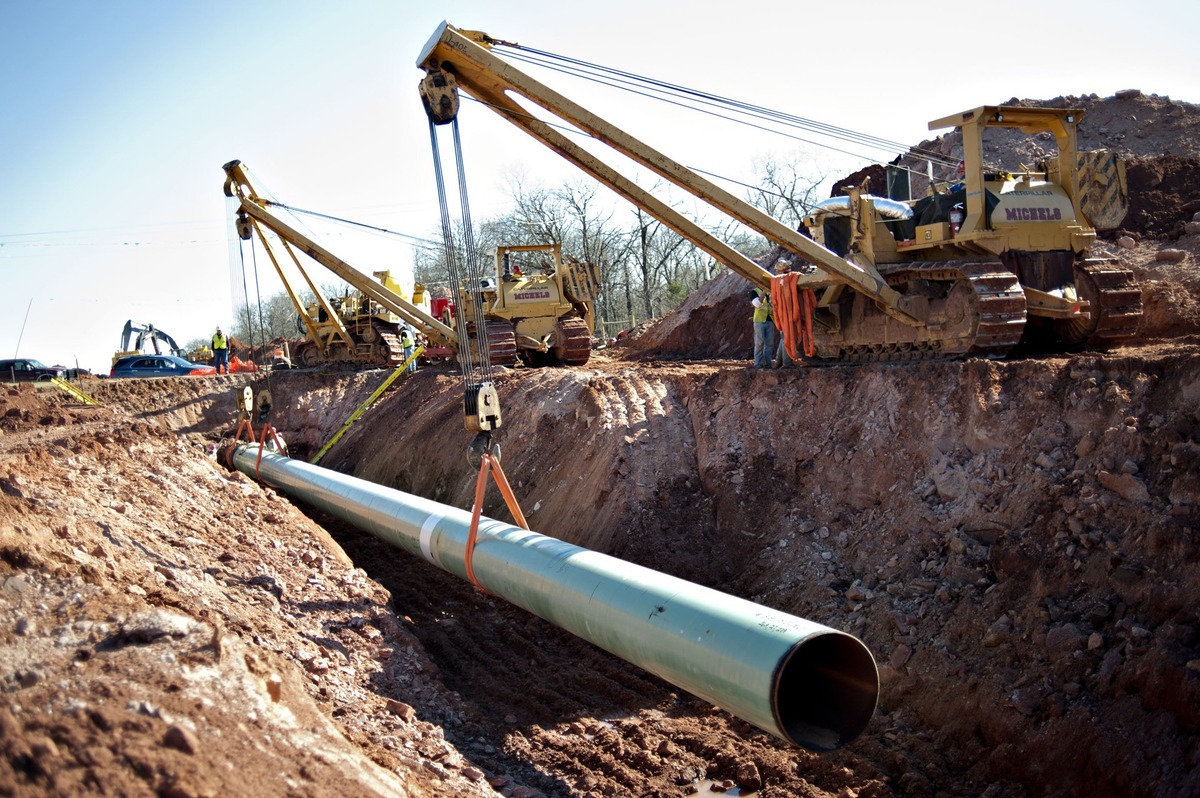The Keystone XL Pipeline is a 36 inch crude oil pipeline project that will start at Hardisty, Alberta and go for 1,179
 miles and ends at Steele City, Nebraska. This project is critical for energy security and economy of the United States. The Keystone Pipeline will also increase the production of crude oil in the whole country from producers in Montana and North Dakota. This will also allow Canadian and American crude oil producers access to reefing markets in the Midwestern part of the country. The pipeline will be able to transport up to 830,000 barrels of oil per day to the Gulf Coast and Midwest refineries. This will reduce the dependence of oil from other countries such as Venezuela.
miles and ends at Steele City, Nebraska. This project is critical for energy security and economy of the United States. The Keystone Pipeline will also increase the production of crude oil in the whole country from producers in Montana and North Dakota. This will also allow Canadian and American crude oil producers access to reefing markets in the Midwestern part of the country. The pipeline will be able to transport up to 830,000 barrels of oil per day to the Gulf Coast and Midwest refineries. This will reduce the dependence of oil from other countries such as Venezuela.
Governor Dave Heineman approved TransCanada’s route in Nebraska. The route will not disturb the land and water resources. On March 1, 2013, the U.S. Department of State released a Draft Supplementary Environmental Impact Statement that reaffirmed that there would be no impacts on resources on the proposed route. The Keystone Pipeline is projected to start in two years after the Presidential Permit is issued.
Cons:
-carry one of the dirtiest fuels: tar sands oil
-negatively impact ecosystems
-pollute water sources
-impact public health
-double imports of dirty sands oil into the U.S.
-tar sand oil production emits levels of CO2 three or four times higher than those of conventional oil
-equal to adding 5.6 million new cars to the U.S. roads
-cyanide and ammonia can work its way into water supplies from tailing ponds
-process of building pipeline will destroy forests
-probability of spills
Pros:
-reduce dependency on foreign oil
-building pipeline will create jobs and better the economy
-“fastest, most reliable infrastructure”
-taxes paid by TransCanada will provide counties with revenue to pay for project
-supports U.S manufacturing
-enhances energy security
-supports energy independence
References:
http://keystone-xl.com/five-reasons-why-keystone-xl-benefits-the-u-s/
http://www.foe.org/projects/climate-and-energy/tar-sands/keystone-xl-pipeline

